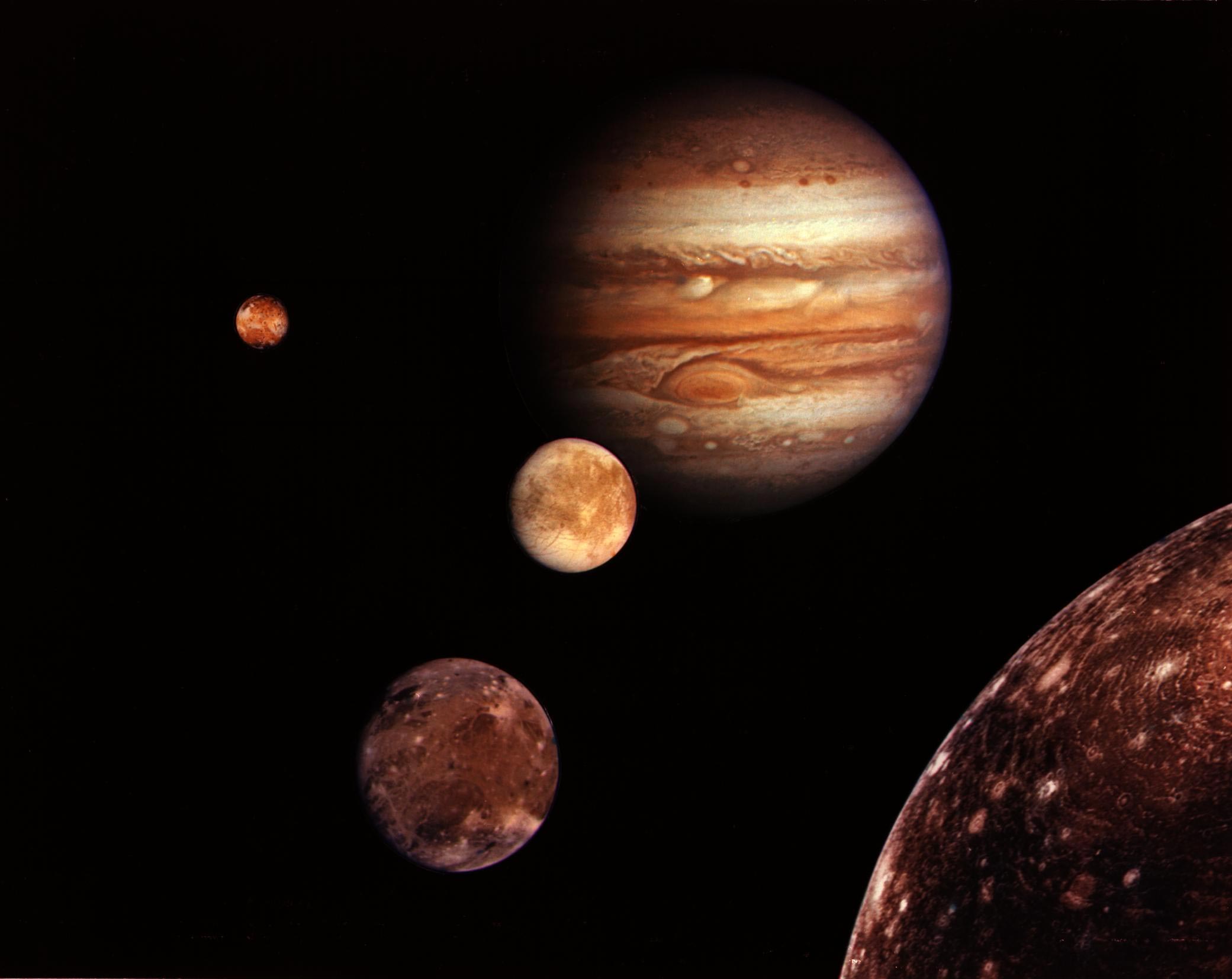Connect with us
Published
1 week agoon
By
admin
Galileo Galilei’s discovery of Jupiter’s four largest moons, known as the Galilean satellites, in 1610 marked a pivotal moment in astronomy, providing evidence for the heliocentric model. Utilizing a homemade telescope, Galileo observed these moons’ movements near Jupiter, concluding they were not distant stars but lunar bodies orbiting the planet. He published his findings in “Siderius Nuncius,” proposing names associated with his patrons, the Medici family, though they were eventually renamed Io, Europa, Ganymede, and Callisto.
Over time, astronomers identified more moons, with Amalthea being discovered in 1892. Presently, Jupiter has 95 known moons, with Europa attracting significant interest due to its potential for extraterrestrial life. Data from NASA’s spacecraft, including Galileo and Voyager, suggest that Europa may have a subsurface ocean beneath its icy crust, spurring hypotheses about tidal activity affecting its surface.
Modern missions, like NASA’s Europa Clipper, set to launch in 2024, aim to investigate Europa’s icy exterior and subsurface ocean, complemented by the European Space Agency’s JUICE mission in 2023. Together, these missions promise to enhance our understanding of Europa’s habitability and its geological features.


















